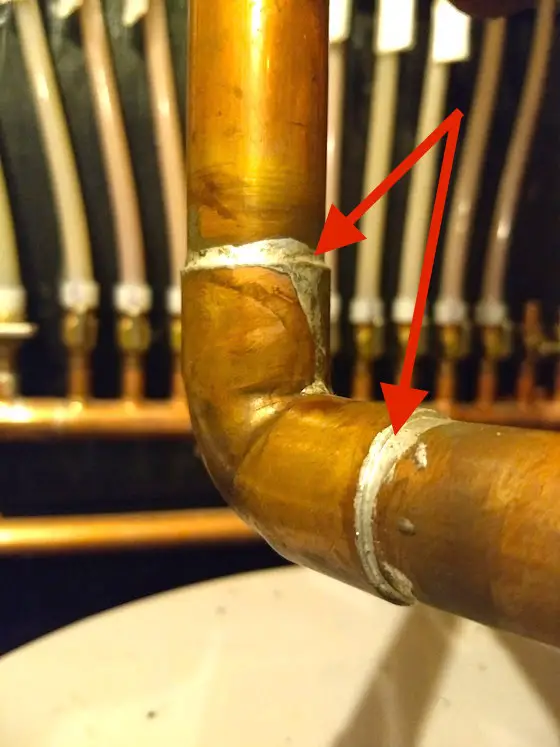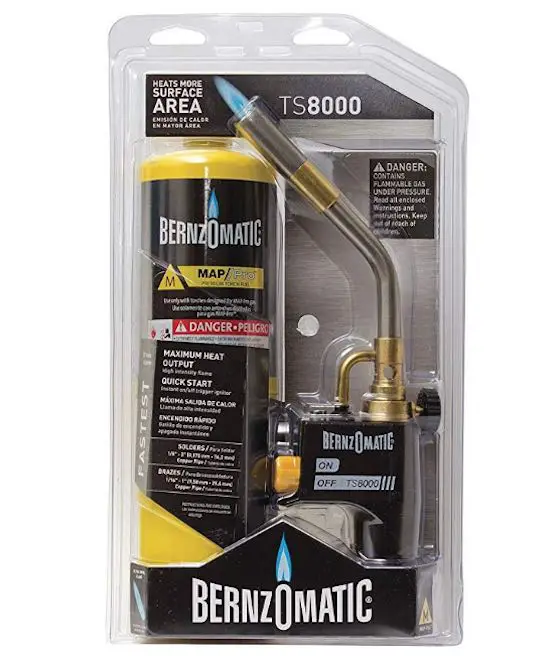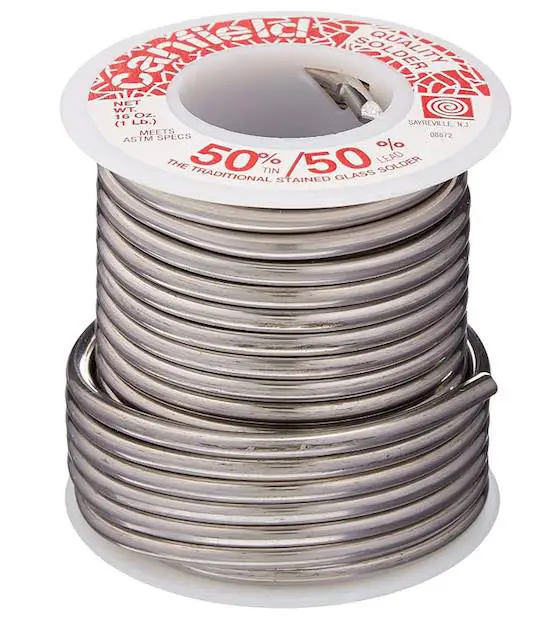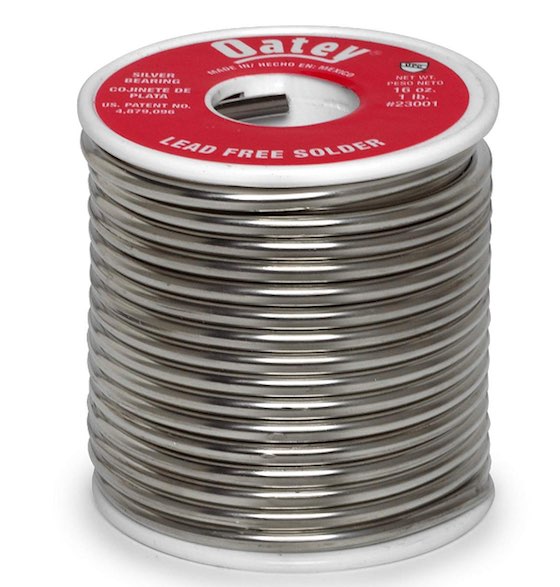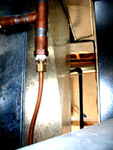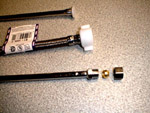Steam Room Construction Tips
When I did the research for this column, I found it very interesting that the manufacturers, who make the steam generation units, offered no written or detailed construction tips for steam enclosures. In talking with them, they all said the same thing, "There is way too much liability and there are too many different contractors involved."
You see, there are several steps that are involved and if one of them is done wrong, you can have a moisture problem. I have built several steam enclosures that have withstood the test of time. Here is how I did it.
One Piece Barrier
The steam generation units create vast amounts of water vapor. This gas can get through grout, cement board, moisture resistant drywall, etc. with no problems. If it gets into a wall cavity and comes into contact with a cool surface, there is a great chance the water vapor will change into liquid water. If this happens, mildew, rot and fungus aren't far behind.
The solution to this problem is the installation of a high quality one piece vapor barrier on the entire inside surfaces of the steam enclosure. The floor of most of these rooms is either a tub, a fiberglass shower pan or possibly ceramic tile. Tubs and shower pans are impervious to water vapor and a ceramic tile floor will be as well, provided it has a CPE membrane like Cloraloy under the cement mud base.
In any event, you need to cut a giant piece of vapor barrier that will be able to cover the ceiling and all walls and be able to drape into the inside surface of the ceramic liner or the tub or shower pan. It is not unlike cutting a piece of wrapping paper to cover a birthday or holiday present. One piece of paper covers the box and you make the necessary folds to get it tight at the corners. The only difference is that you are wrapping the inside of the box.
The best vapor barriers to use are cross laminated virgin polyethylene vapor barriers. These products can't be found at home centers. You need to search and find Concrete Supplies. You should be able to find small companies that sell specialty concrete epoxies, finishing aids, and other products to commercial concrete installers. This is where you will find these awesome vapor barriers.
A Two Person Job
Installing the vapor barrier will be a two person job. Someone has to hold the vapor barrier tight to the ceiling while the other person begins to nail it. You must make certain that the barrier is centered and that you will have plenty of material to cover the ceiling and walls in one piece. Remember, it drapes inside the floor barrier or tub so that if water condenses on the barrier, it flows into the tub or floor pan and then into the drain.
Cover all Wall and Ceiling Surfaces with Tile
For a high performance steam shower, you want tile walls and ceilings. The glazed surface of the tile inhibits vapor penetration and allows the steam buildup to happen faster and be more intense. Other dense natural stone or man-made stone look-a-like products can perform well.
If you use tile or a natural stone surface, I recommend cement board as the substrate. The cement board will not deteriorate over time. Moisture proof drywall will fail eventually.
If you use tile for the ceiling and walls, absolutely make sure you apply the tile with thinset mortar, not organic adhesives. The thinset is basically cement and lime and will also stand the test of time.
If you use cultured marble, paint the cement board with a high grade 100 percent acrylic white primer. Allow it to dry for 3 days. Then use clear 100 percent silicone caulk to attach the cultured marble to the cement board. This will insure that you do not have colored shadows that show through the cultured marble.
Companion Articles: Steam Bath Unit Companies, Steam Bath Check Up, Steam Showers & Baths - Simply Soothing, Steam Room
Column B275


